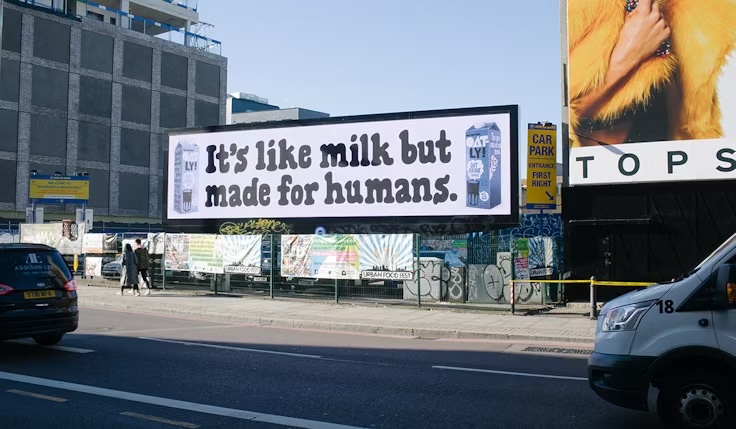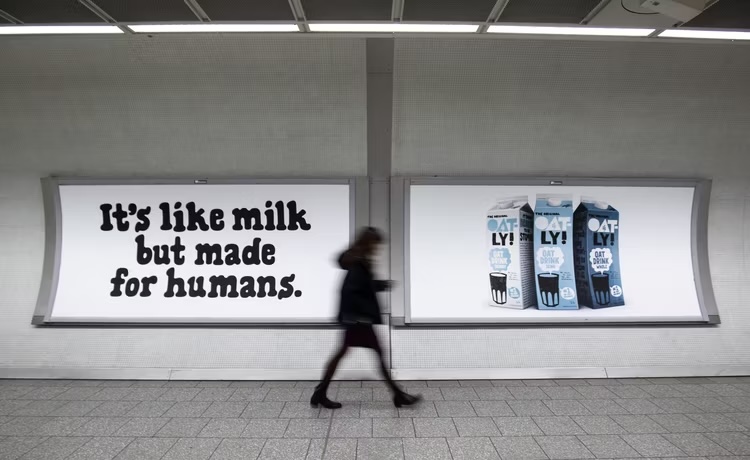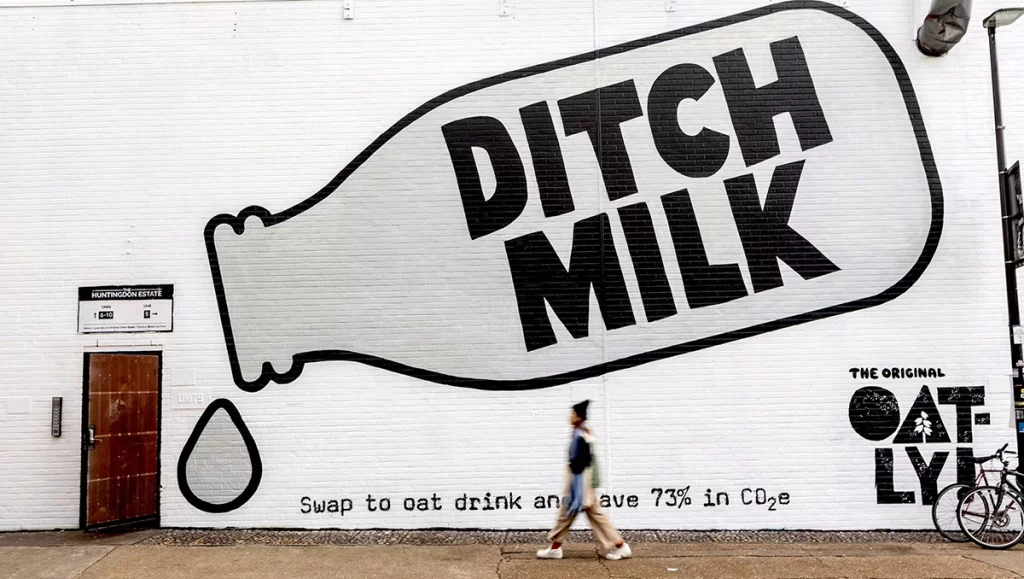Why audience insight matters.
Behind every standout campaign is an insight. Not a guess, not a demographic label, but a truth about how people think, feel, and behave.
Audience insight bridges the gap between what a brand wants to say and what people actually care about. Without it, campaigns risk being forgettable or irrelevant. With it, they have the power to spark conversation, shape culture, and build lasting brand loyalty.
Let’s look at three campaigns where audience understanding made the difference and what you can take from them.
Dove – “Real Beauty”
The insight: For decades, beauty advertising promoted a narrow idea of perfection: thin, flawless, and often unattainable. Dove uncovered a frustration among women who felt excluded from this portrayal. The gap between how women looked in ads and how they looked in real life was eroding confidence, not inspiring it.
The execution: Dove launched its “Real Beauty” campaign in 2004, using women of different body types, ethnicities, and ages. The imagery was deliberately authentic – less polished, more human. Campaigns included billboards, print ads, and videos that celebrated real women, not models.
The result: Dove repositioned itself from a soap brand to a champion of real beauty. The campaign sparked global debate about representation, influenced the wider industry, and continues to evolve today. The emotional resonance has lasted two decades because it was built on a genuine audience need: the desire for visibility and authenticity.
Lesson for marketers: Representation matters. If your audience feels ignored or stereotyped, your brand has an opportunity to connect by reflecting reality more honestly.
Spotify Wrapped
The insight: Music is more than entertainment – it’s identity. People use playlists to signal who they are, and they love content that reflects their personality. Spotify realised that users didn’t just want to listen to music; they wanted to share their tastes with the world.
The execution: In 2016, Spotify turned individual listening data into “Wrapped”- a personal year-in-review that highlights top songs, artists, and genres. It was built for sharing, with colourful visuals optimised for social platforms. Wrapped wasn’t just data; it was a badge of identity, designed for people to post and compare.
The result: Wrapped became a cultural moment every December. Millions of users shared their playlists online, generating enormous organic reach. It also reinforced brand loyalty: by celebrating users’ habits, Spotify deepened emotional ties and turned private behaviour into public pride.
Lesson for marketers: People love content that reflects their identity. If your brand can help your audience express who they are, you’re not just creating a campaign – you’re giving them social currency.

Oatly – “It’s Like Milk But Made for Humans”
The insight: Younger, eco-conscious consumers wanted brands with a point of view. They didn’t respond to safe, neutral messaging. They wanted bold, values-driven brands that matched their lifestyle and challenged the status quo.
The execution: Oatly used provocative messaging like “It’s Like Milk But Made for Humans” on packaging and billboards, directly confronting the dairy industry. The tone was cheeky, rebellious, and unapologetic. Oatly leaned into controversy, knowing that polarisation could work in its favour.
The result: The campaign helped Oatly grow from a niche Swedish brand into a global plant-based powerhouse. Its tone gave it differentiation in a crowded market and made it memorable, especially among younger audiences who wanted brands to stand for something.
Lesson for marketers: Sometimes playing it safe means blending in. If your audience values boldness, don’t be afraid to challenge industry norms – so long as it aligns with your brand’s identity and values.
What unites these campaigns?
Dove, Spotify, and Oatly are very different brands in different sectors. Yet they share one principle: they started with insight.
- Dove solved an unmet need for representation.
- Spotify tapped into the joy of self-expression.
- Oatly reflected values of sustainability and rebellion.
Each campaign connected by going deeper than demographics. They addressed emotions, identities, and beliefs – the real drivers of behaviour.
Takeaway.
When campaigns resonate, it’s not because of flashy visuals or big budgets. It’s because they’re built on real insight.
As a marketer, ask yourself:
- What frustration can we solve?
- What identity can we celebrate?
- What value can we reflect back to our audience?
Answering these questions is where effective campaigns begin.






